Sleeve High Neck Bodycon Dress
$132.00
Lorem ipsum dolor sit amet, consectetur adipiscing elit. Nam fringilla augue nec est tristique auctor. Donec non est at libero.
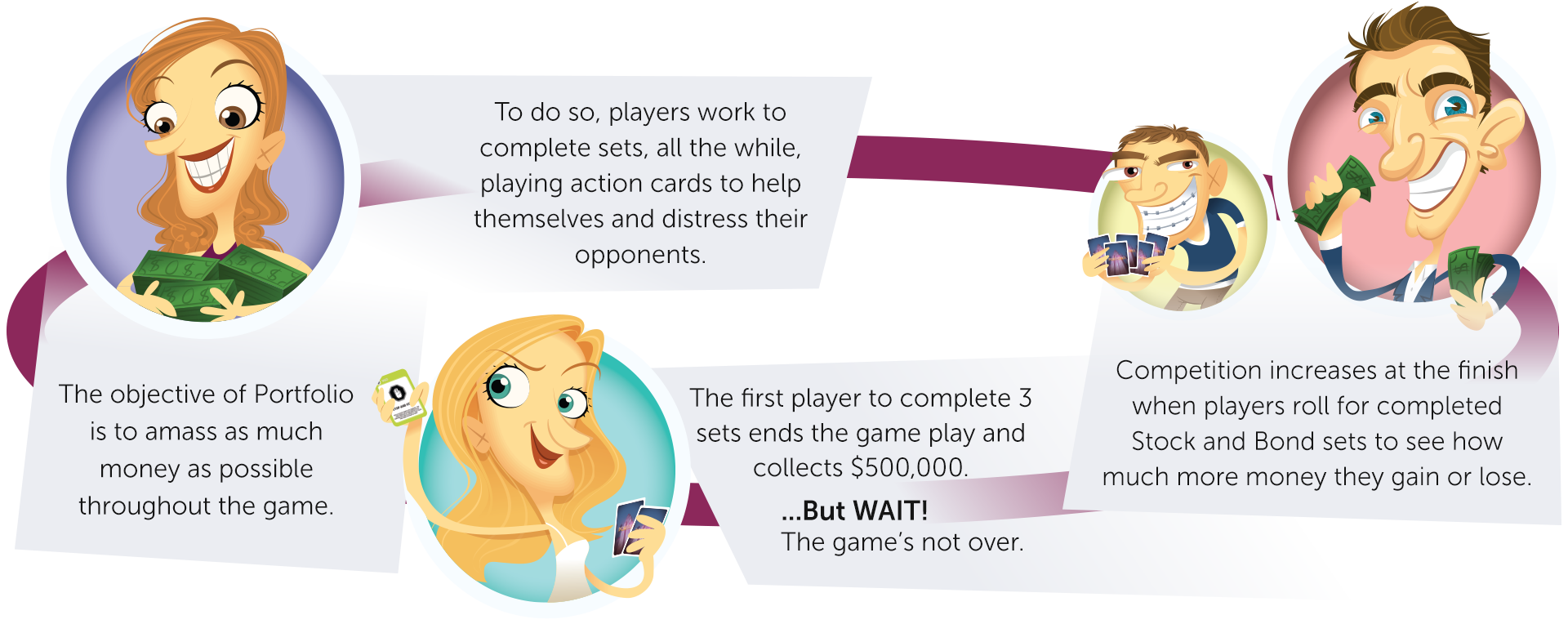

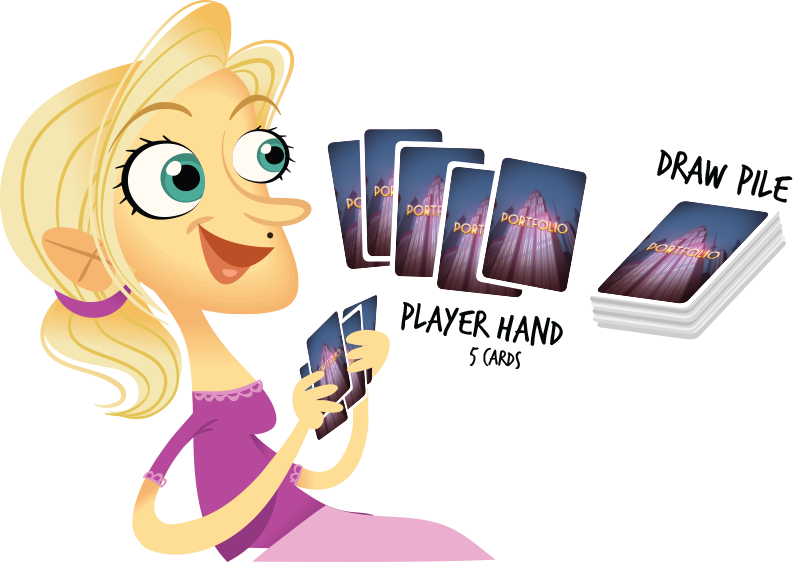
1) Choose a dealer / banker. Money is always paid to and from the bank, never between players. Lay the money off to the side so it doesn’t get mixed up with player winnings. Deal each player five cards. Place the remaining cards Portfolio side up (visible) in the middle of the table. This is the draw pile. Players pick up their cards but do not show their opponents. Start with the person to the right of the dealer.
2) Always daw two cards and play two cards on your turn.
...you get the picture.
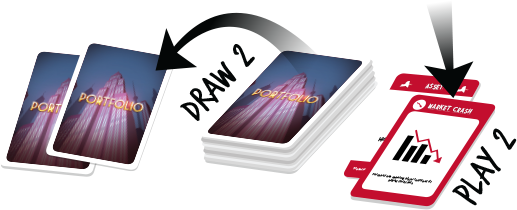

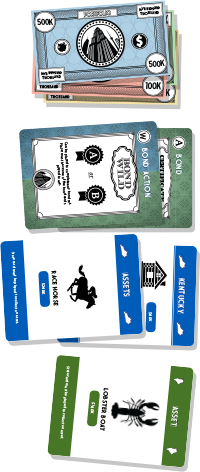
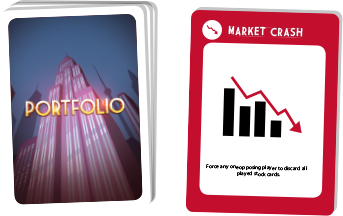
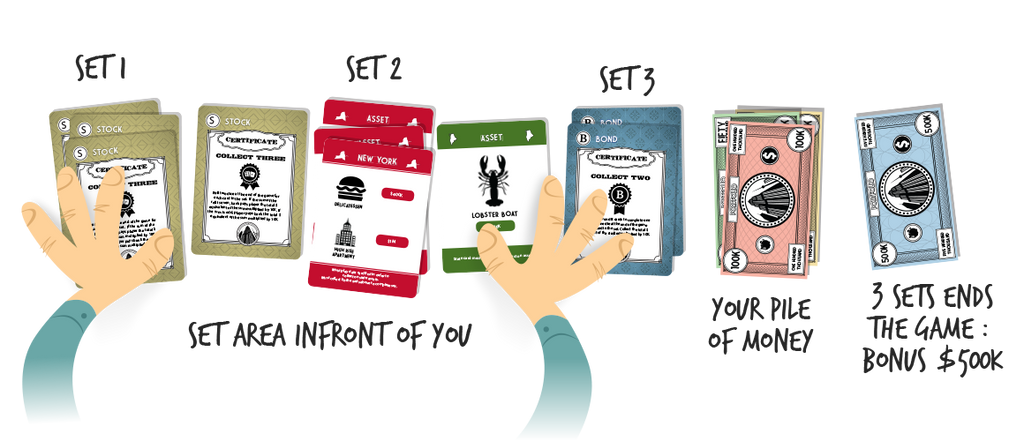
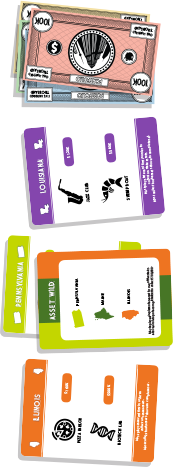

* BTW: If you run out of Draw Pile cards before the game play ends, simply shuffle the Discard Pile cards and start a new Draw Pile.
After a player draws two cards at the beginning of their turn, they must play two cards. Play options are as follows:
Option #1: Player plays (places) a card Portfolio side down (not visible) directly in front of them. This is where players build sets and is called the Set Area.
Option #2: Player plays (places) a card Portfolio side down (not visible) into the discard pile.

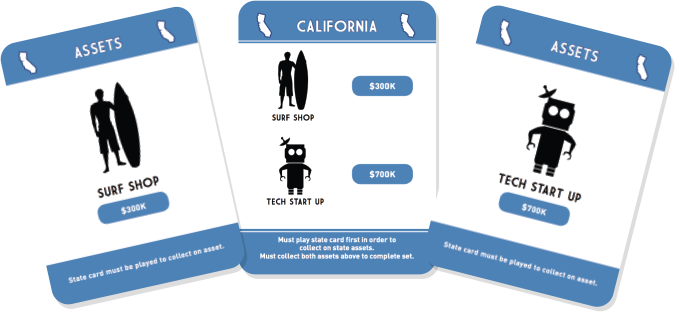
PROPERTY SETS each have one State card and two Asset cards. State cards hold no monetary value. Asset cards do. State cards must be played first to collect money on each State’s Asset card(s). You may place an Asset card in your Set Area as long as no opponent(s) have already played that Asset’s State card into their Set Area. However, you will not collect money for it since you haven’t played it’s State card. Once a State card is placed in your Set Area, opponents can not play that State’s Asset card into their Set Area. They must either continue to hold the Asset, or play it to the discard pile.
If a player plays an Asset card into their Set area and someone else has already played the State card to which that Asset belongs into their Set Area, the first player to call out “Portfolio” will receive that Asset into their Set Area and will immediately collect the monetary value of that Asset card.
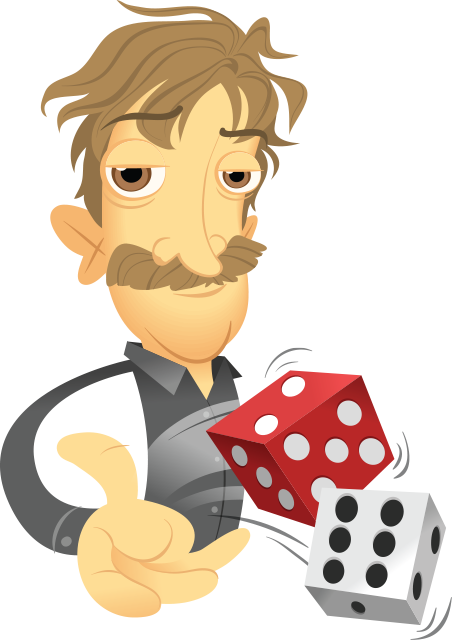
STOCK SETS are completed with three Stock cards placed into the Set Area. Stocks are risky! They will either win or cost you money at the end of the game. After the first person to collect three sets (of any kind) ends the gameplay, players roll two dice for each card in their completed Stock set(s). If the sum of the roll is even, bank pays the player the total dollar equivalent multiplied by 10,000. If the sum is odd, player pays the bank the total dollar equivalent of the sum multiplied by 10,000. Note: If a fourth Stock card is drawn after three Stock cards have been played to one’s Set Area, a second Stock set can be started.
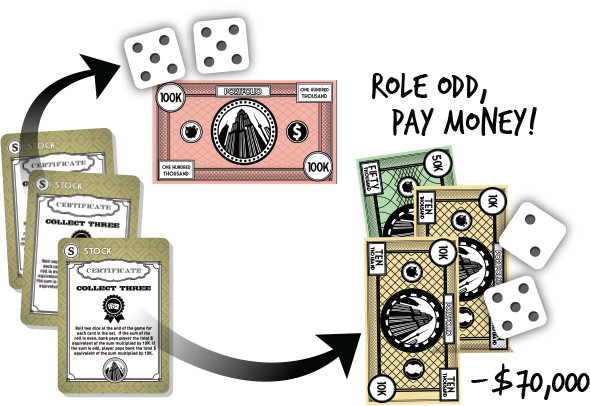
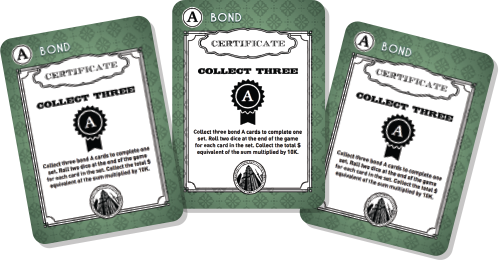
Collect three Bond A cards to complete one set. Roll two dice at the end of the game for each card in the set. Collect the total dollar equivalent of the sum multiplied by 10,000.
BOND SETS work almost like Stocks, but always WIN players money at the end of the game. It’s a matter of how much. Players get more roles for a completed Bond A set than for a completed Bond B set.
Collect three Bond A cards to complete one set. Roll two dice at the end of the game for each card in the set. Collect the total dollar equivalent of the sum multiplied by 10,000.
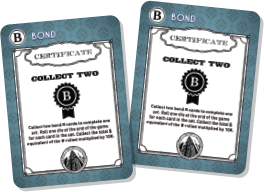
ACTION CARDS keep the game interesting, thought-provoking, and fun! There are a variety of Action cards including Wild, Asset Increase, Denied, Market Crash, Property Action, Play Again, Reverse, and Swap cards. Play Action card for Set building progress, as well as to collect money for yourself, and cost opponent(s) money. Most Action cards are played to the discard pile. The only Action cards that can be played to the Set Area are Asset Wild and Bond Wild.
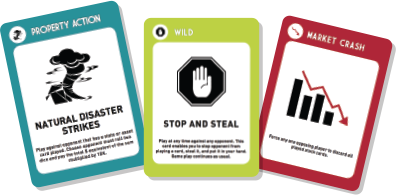
ASSET WILD A State card must be played before an Asset Wild can be played. If an opponent steals a State card from a set that has an Asset Wild card played, the Asset Wild card is immediately placed on the discard pile.
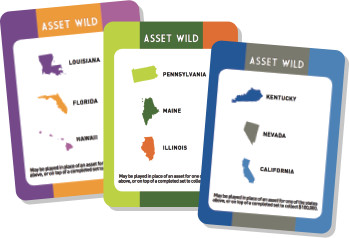
Asset wild cards cannot be stolen, traded, or negotiated.
BOND WILD A Bond A and/or Bond B card must be played before a Bond Wild can be played. Bond Action cards may not
stay in the Set Area without a Bond A or B card also in the Set. If an opponent steals a Bond Card leaving only the Bond Wild, the Bond Wild is immediately placed on the discard pile.
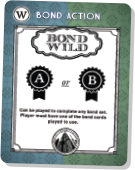
Bond Wild cards cannot be stolen, traded, or negotiated.